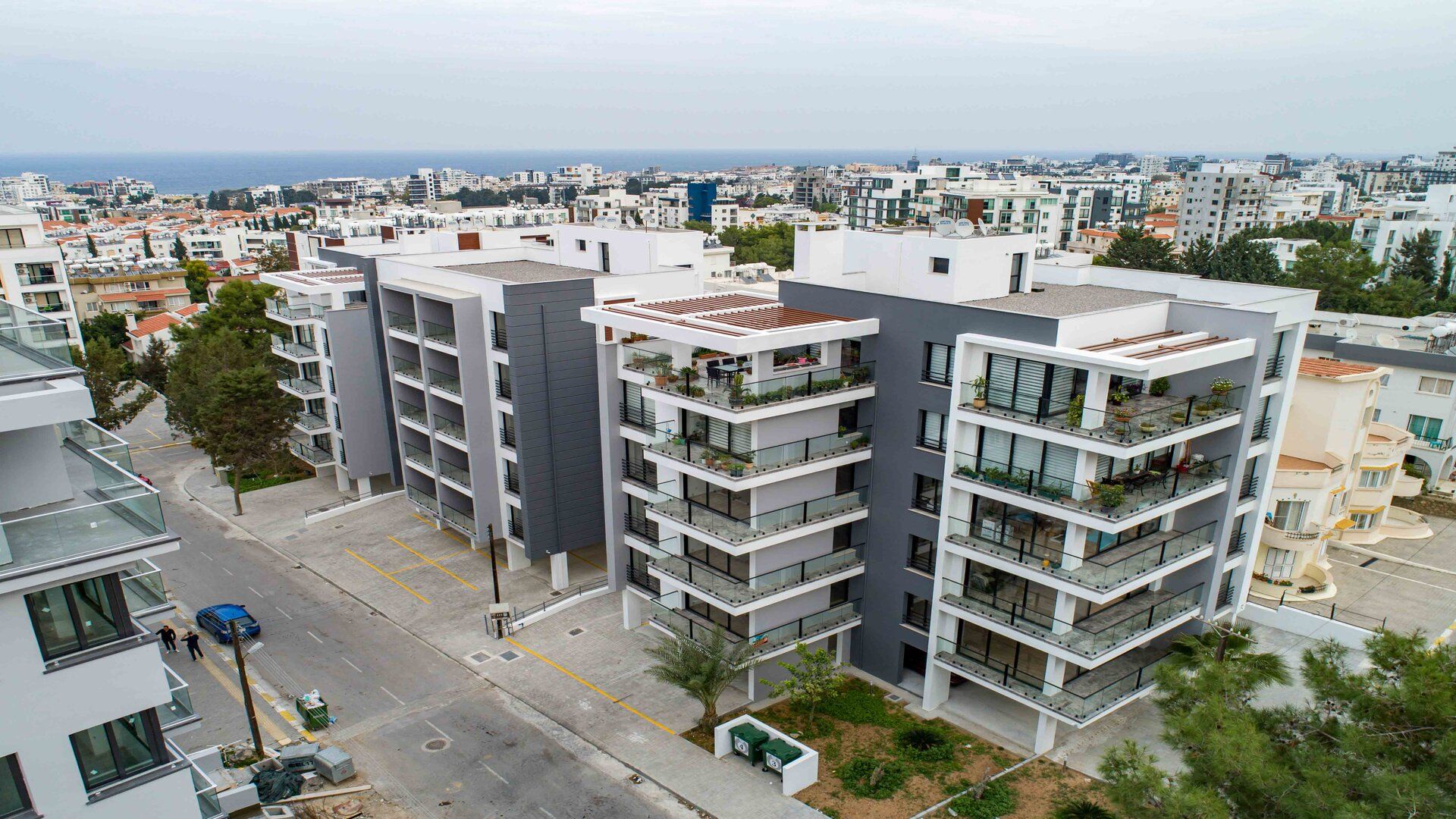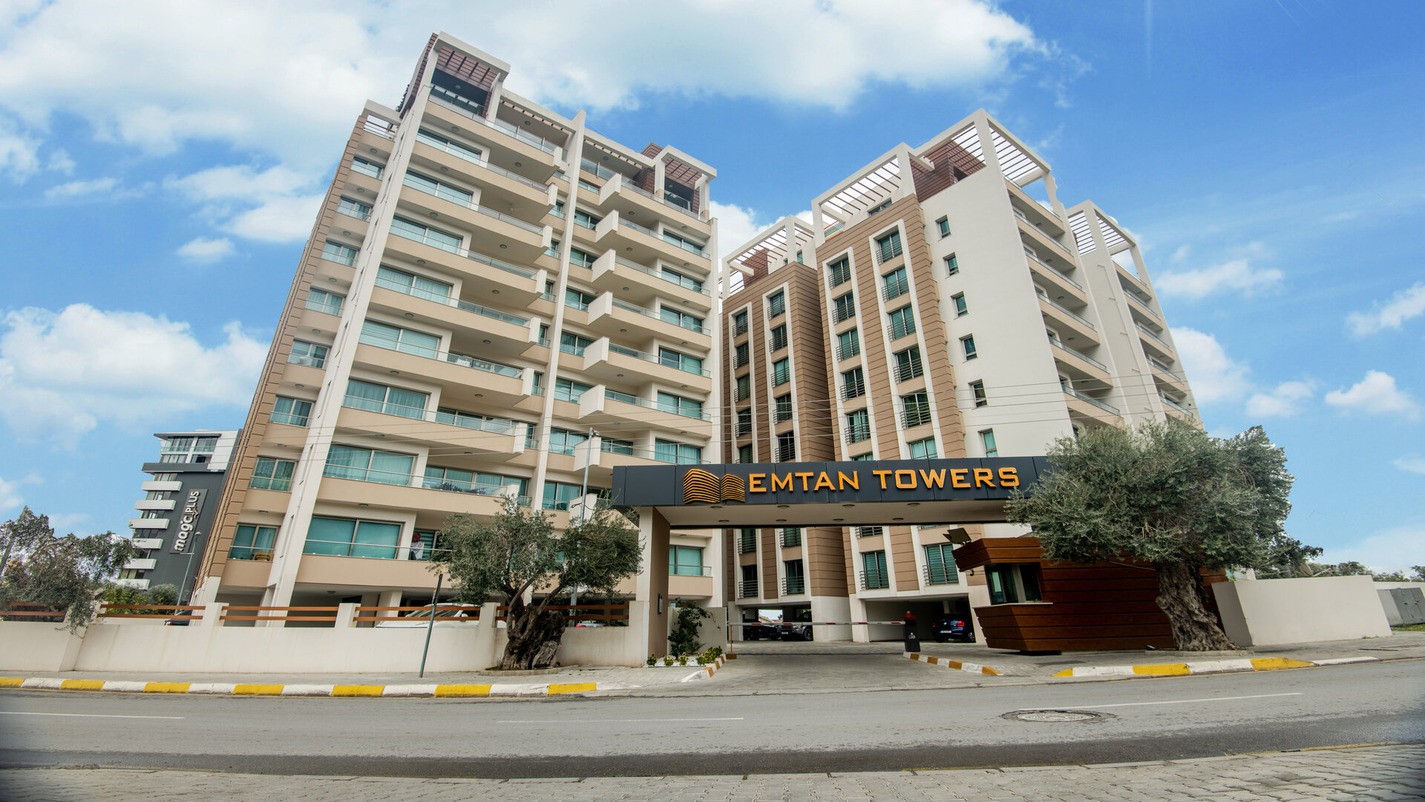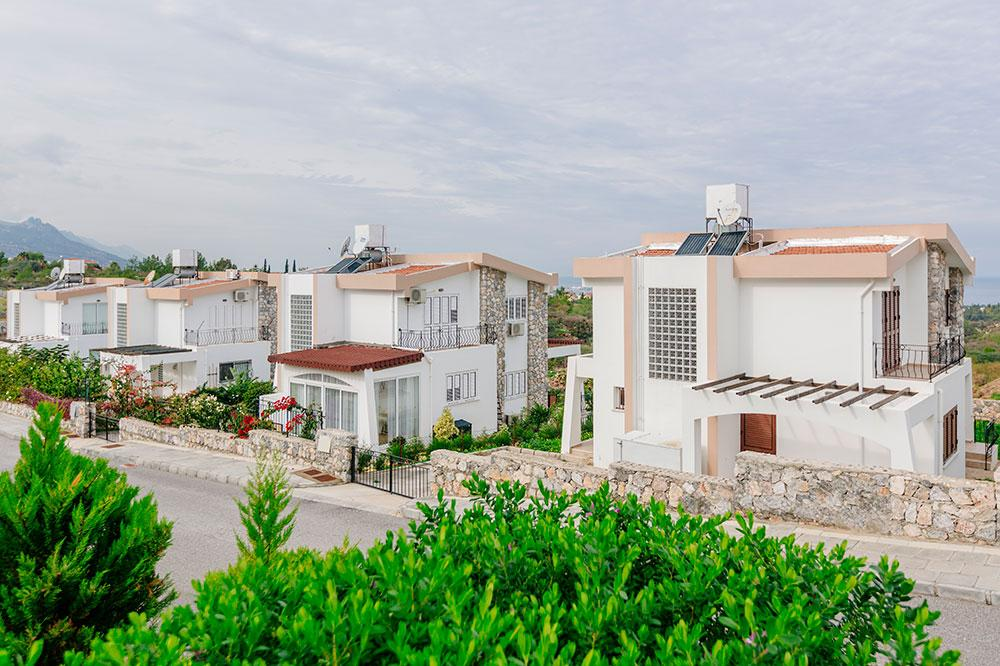As we move towards a more environmentally conscious future, sustainable construction practices are also gaining importance. At the heart of this movement are sustainable building materials, which not only reduce environmental impact but also offer a range of benefits. In this guide, we will delve into the world of sustainable building materials by exploring the definition, types, benefits and methods of sustainable building materials, and how they are driving sustainable construction forward.
What is Sustainable Construction?
Sustainable construction focuses on creating buildings and structures using materials and methods that minimize environmental impact, conserve resources and promote long-term sustainability. It encompasses a variety of aspects, including energy efficiency, waste reduction and environmentally friendly design principles.
Definition of Sustainable Building Materials
Sustainable building materials are materials that are sourced, manufactured and used in a way that minimizes negative environmental impacts while maximizing benefits for both people and the planet. These materials are typically renewable, recyclable, non-toxic and energy efficient.
Top Sustainable Building Materials and Their Benefits
Bamboo
● Rapidly renewable
● Strong and versatile
● Low carbon footprint
● Recycled Plastic
● Diverts waste from landfills
● Durable and weatherproof
● Reduces the need for virgin plastic production
● Stone
● Natural and abundant
● Long-lasting and low-maintenance
● High thermal mass for energy efficiency
● Laminated Timber
● Sustainable forestry practices
● Strength and stability
● Carbon sequestration benefits
● Cork
● Renewable and biodegradable
● Insulating properties
● Sound absorption properties
● Cob
● Made from natural materials (clay, sand, straw)
● Energy efficient thanks to thermal mass
● Non-toxic and locally sourced
● Reclaimed Wood
● Reduces demand for new timber
● Adds character and uniqueness
● Supports circular economy principles
● Adobe Brick
● Earth-friendly and energy efficient
● Natural insulation properties
● Low embodied energy compared to traditional bricks
● Precast Concrete
● Less waste during production
● Consistent quality and durability
● Can contain recycled materials
● Mycelium
● Sustainable alternative to traditional insulation
● Biodegradable and compostable
● Mushroom mycelium agricultural waste bonds for use in construction
What are Sustainable Construction Methods?
Sustainable construction methods include practices that minimize environmental impact throughout a building’s life cycle. These methods include energy-efficient design, passive solar techniques, green roofing, water-saving measures, and the use of sustainable building materials.
What are the Benefits of Sustainable Construction?
● Environmental Protection
● Reduced carbon footprint
● Preservation of natural resources
● Protection of ecosystems and biodiversity
● Energy Efficiency
● Lower energy consumption
● Improved indoor comfort
● Reduced greenhouse gas emissions
● Cost Savings
● Long-term durability and flexibility
The future of construction lies in the adoption of sustainable building materials and practices. By prioritizing environmental stewardship, resource efficiency and human well-being, we can create resilient, environmentally friendly structures that contribute to a healthier planet and a brighter tomorrow.







